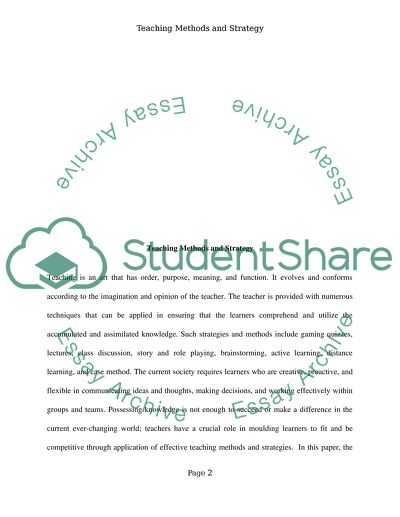Cite this document
(“Teaching methods and strategy Essay Example | Topics and Well Written Essays - 2500 words”, n.d.)
Retrieved de https://studentshare.org/education/1400836-teaching-methods-and-strategy
Retrieved de https://studentshare.org/education/1400836-teaching-methods-and-strategy
(Teaching Methods and Strategy Essay Example | Topics and Well Written Essays - 2500 Words)
https://studentshare.org/education/1400836-teaching-methods-and-strategy.
https://studentshare.org/education/1400836-teaching-methods-and-strategy.
“Teaching Methods and Strategy Essay Example | Topics and Well Written Essays - 2500 Words”, n.d. https://studentshare.org/education/1400836-teaching-methods-and-strategy.


